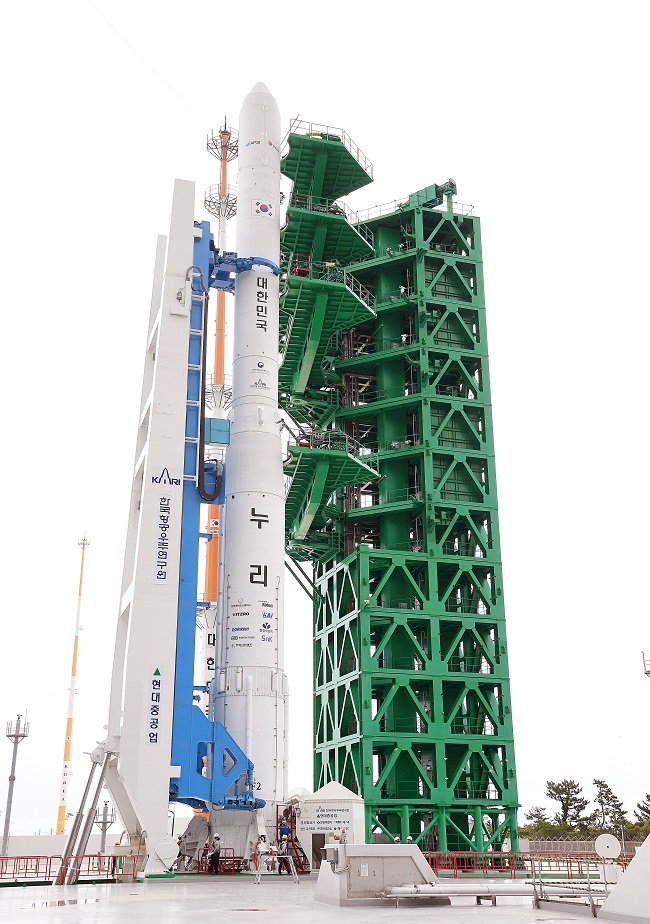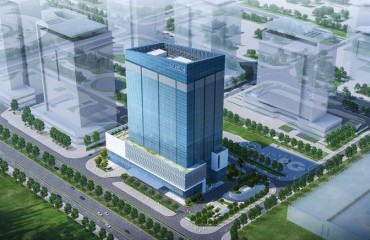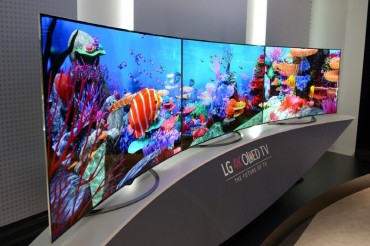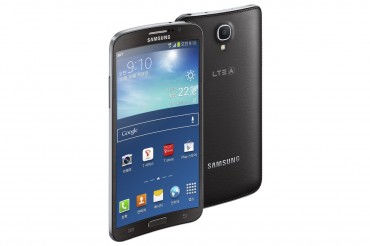
This photo provided by the Korea Aerospace Research Institute on June 13, 2022, shows the fully assembled Nuri rocket, also known as KSLV-II, at the Naro Space Center in the country’s southern coastal village of Goheung.
SEOUL June 17 (Korea Bizwire) — South Korea announced Friday it plans to launch its homegrown space rocket next week, after aerospace engineers replaced a malfunctioning part in the oxidizer tank sensor, which forced the country to call off the rocket launch this week.
The Korea Aerospace Research Institute (KARI) canceled Thursday’s scheduled launch of Nuri, also known as KSLV-II, after the sensor was seen malfunctioning during a final pre-launch checkup at the launch pad in Naro Space Center in Goheung, a southern coastal village some 470 kilometers south of Seoul, on Wednesday.
“We plan to hold a launch management committee to pursue the second launch (of Nuri) on June 21,” Kwon Hyun-joon, an official at the science ministry, said.
The ministry has set the period through June 23 as the launch window.
According to Kwon, KARI engineers have identified the problematic part within the sensor system and replaced it.
“We switched out the part in question and confirmed that (the sensor) was working properly,” he said, adding all three stages of the rocket were confirmed to have no problems.
Nuri is scheduled to be moved back to the launch pad next Monday, the day before the launch, and it will be subject to constant inspections until Tuesday’s planned liftoff.
Kwon, however, said the plan could change depending on weather conditions.
KARI also said the launch date could be changed, as Naro Space Center is expecting a 60 to 70 percent chance of rain on the launch day.
“We’ll have to keep monitoring the weather conditions. If the weather turns bad, we’re expecting that the launch date will be changed,” Koh Jung-hwan, head of KARI’s space rocket development operation, said.

The Korea Space Launch Vehicle-II (KSLV-II), also called Nuri, sits on the launch pad at the Naro Space Center in Goheung, some 470 km south of Seoul, on June 15, 2022, in this photo released by the Korea Aerospace Research Institute. The homegrown space rocket is scheduled to be launched the following day, eight months after the first trial in October ended in partial success.
The envisioned launch would be Nuri’s second liftoff, following its maiden voyage in October.
In its first launch, Nuri successfully flew to a target altitude of 700 kilometers but failed to put a dummy satellite into orbit, as its third-stage engine burned out earlier than expected.
KARI engineers reinforced an anchoring device of the helium tank inside Nuri’s third-stage oxidizer tank.
South Korea has invested nearly 2 trillion won (US$1.8 billion) in building Nuri since 2010. The project was carried out with domestically made technology on its own soil, including design, production, testing and launch operation.
The country plans to conduct four additional Nuri rocket launches by 2027 as part of efforts to further advance the country’s space rocket program.
(Yonhap)






